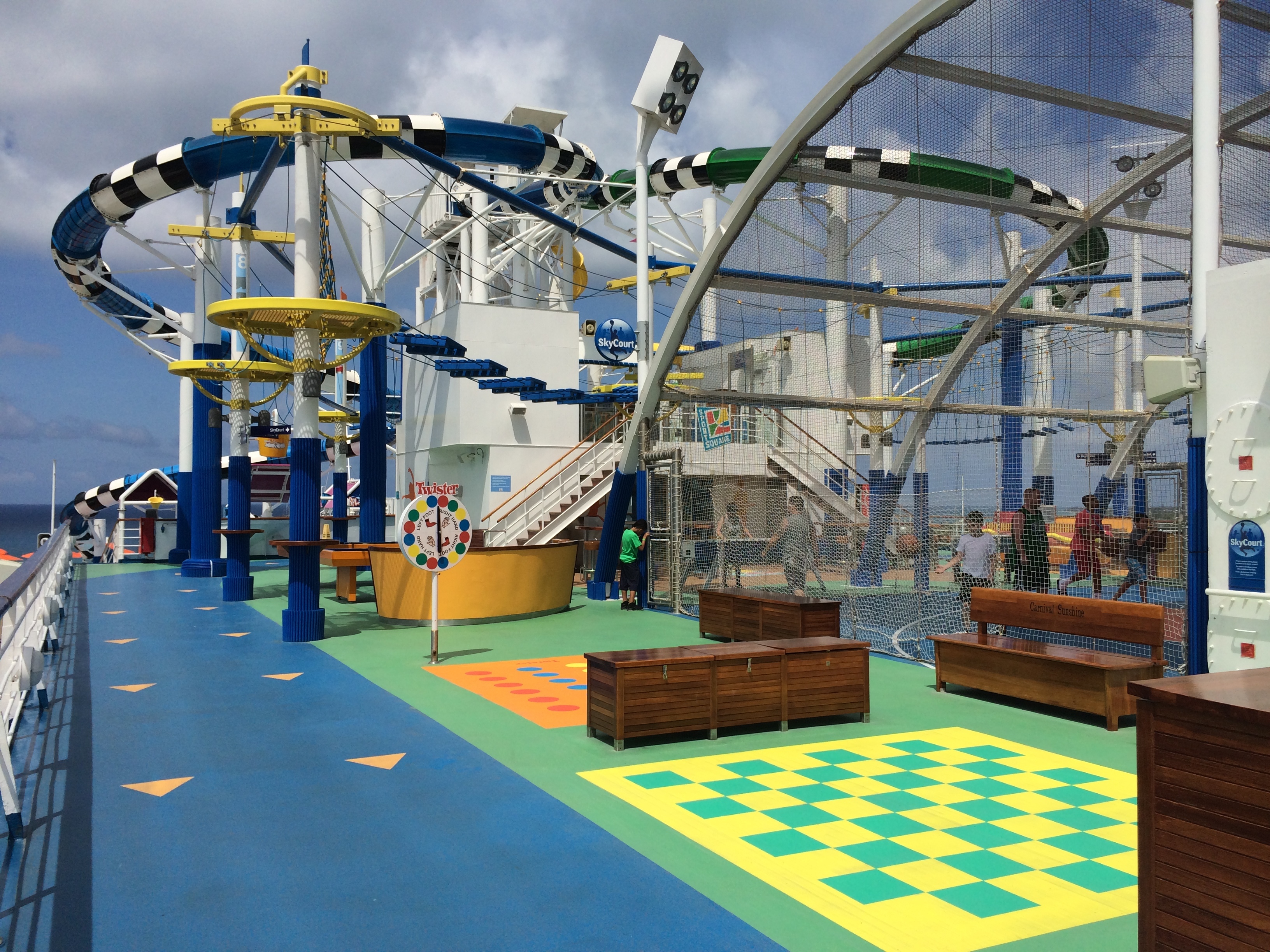

Get the quick tutorial from Shake Up Learning.ĭigital interactive notebooks make it easy for you to monitor student progress, online or in-person. Have them illustrate their creative writing, or try it for a different twist on a standard report. Once they’ve got the basic skills, here are a few ideas to try.Ĭhallenge your students to create an e-book using slides.
#SLIDEAS CARNIVAL FREE#
Two Boys and a Dad has an awesome free project to get them started. Even elementary kids can learn how it works.
#SLIDEAS CARNIVAL HOW TO#
Once students know how to use the program, there are all sorts of awesome assignments they can take on. It takes a bit of time, but as this video shows, it’s really not that hard to do. If you’re really ambitious, you can “animate” your Bitmoji to create a cool effect that kids will enjoy. Learn more about these virtual classrooms here, including how to make your own. Those Bitmoji classrooms that are all the rage are right at home on Google Slides.

The basic program is free for all users learn how it works here. It makes it easy to drop in formative assessments and evaluate student progress. One add-on teachers swear by is Pear Deck. Ditch That Textbook has a list of 20 add-ons all teachers should try here. Add-ons are available to make diagrams, find better images, and display math equations … just to name a few. Google Slides itself has lots of features, but you can also get lots of (often free) add-ons to make certain tasks easier. This is one (easy) skill every teacher should master. You can link kids to other pages in the slides for self-checking assessments or to external sources like websites or Google Classroom docs. It’s amazing how much of a difference this makes in student engagement! Link to internal slides and external sitesĪdding links really ups the interactivity of your slides and turns them into self-directed activities in a snap. This video has the quick how-to.ĭrag-and-drop slides are another terrific way to draw learners into a slide presentation. Get more info from Super Sass and Science Class.Ĭhoice boards are a popular way to make slides interactive. This in-depth video demonstrates the entire process. Have kids click on correct answers, type in text, and a whole lot more.

If you think a slideshow is something for students to sit and watch passively, Google Slides is here to prove you wrong. (Pro tip: You can set a video to start and stop at any time you like!) Make your Google Slides interactive You can use YouTube videos, videos from other sites, or those you’ve created yourself.

Instead, you can simply set the video to play automatically (or once the Play button is clicked). The nice thing about embedding a video directly in your Google Slides presentation is that you (or your students) don’t have to worry about clicking over to another window or website. Learn how to add audio from Fluxing Well. Narrated slides are terrific for asynchronous learning situations too. Play bird songs in a lesson on ornithology, listen to a concerto as you discuss Mozart, or even create your own read-aloud. Add sounds to Google SlidesĪdding sounds like music or narration can make your slide presentation a lot more interesting. Using them is generally as simple as clicking a link and then choosing “Use Template” to customize.
#SLIDEAS CARNIVAL FOR FREE#
You’ll also find thousands more available for free or purchase online. You’ll find a variety of themes built into the program itself (watch the Google Basics video above to see how to use them).


 0 kommentar(er)
0 kommentar(er)
